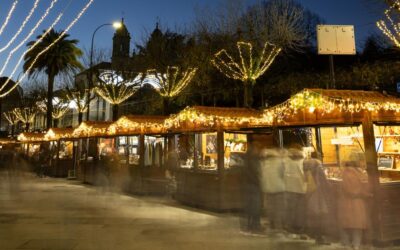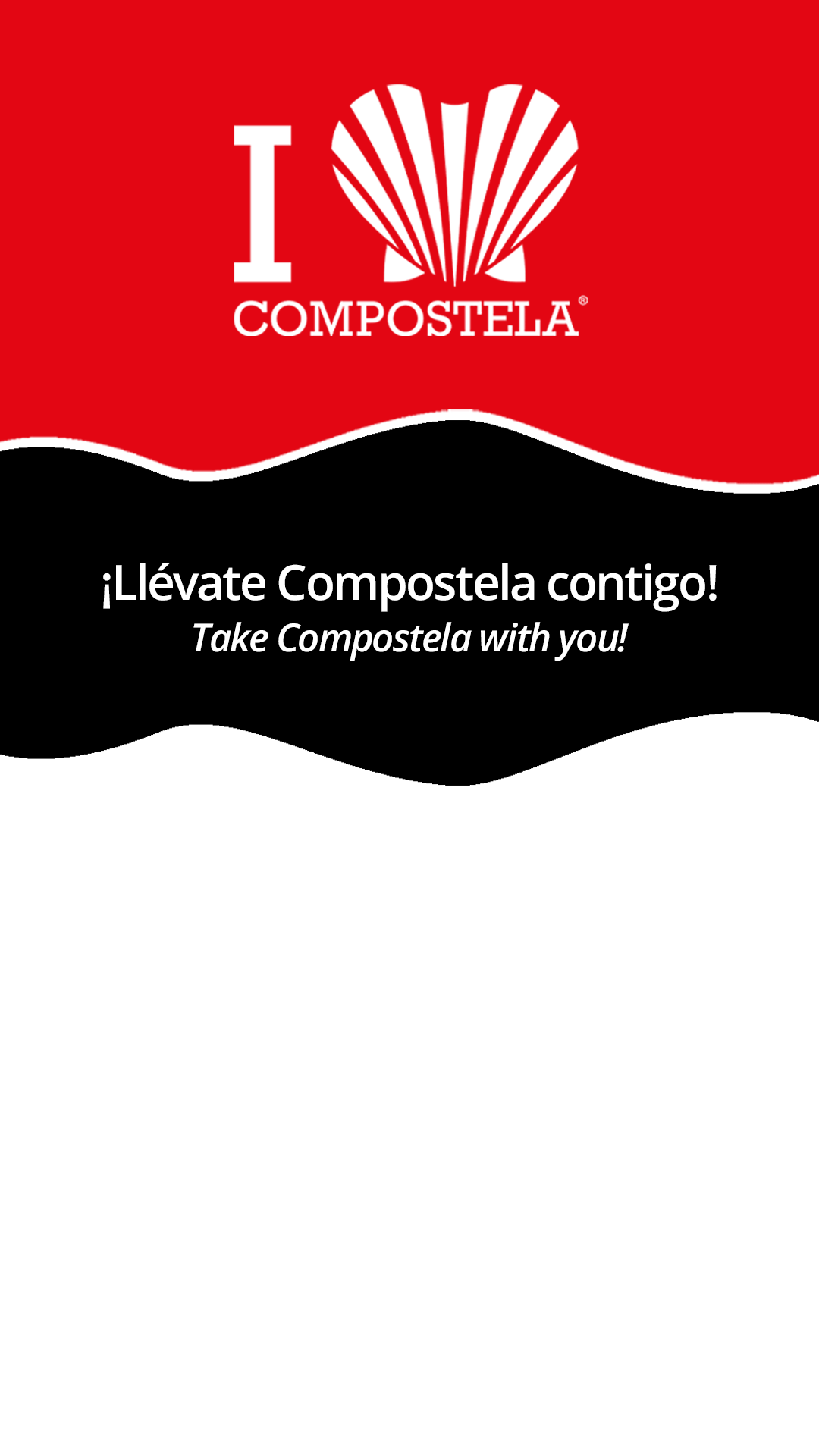The
Museum of Natural History of the Universidade de Santiago de Compostela
is located in the well-known Vista Alegre Park, which connects with the neighborhood of the same name and Galeras Street.
The project was born in the Natural History Cabinet, created in 1840 and originally intended to promote collections for university teaching.
In 1906 it was granted the status of Museum and, from that point on, the collections and pieces that make up its heritage experienced a progressive increase, as did the activities related to teaching, research or scientific dissemination linked to the initiative.
After remaining for some 50 years at the Faculty of Chemistry in Compostela, the facilities were moved to their current location, a new building constructed in the Vista Alegre Park and opened to the public in 2014.
The new exhibition halls are designed according to the most recent trends in this type of entities, which seek to show the natural environment in realistic scenarios that reproduce different types of ecosystems.
Thus, the facilities house exhibits with dozens of unique pieces on biodiversity and the environment, offer guided tours and various activities focused mainly on the school community.
All of this is based on the dissemination of the outstanding botanical, zoological and geological collections that make up its holdings, which are the result of research, scientific and teaching work, as well as donations, exchanges and acquisitions.
Among them, there are some unique in Spain, such as the collection of crystallographic models in wood directed by R. Haüy or the malacological collection, by Emilio Rolán.
In addition, it currently has a valuable type library with more than a thousand specimens of mollusks and invertebrate groups, such as sponges and insects.
The rooms that make up the Museum are mainly dedicated to terrestrial biodiversity, marine biodiversity, geo-diversity and soil.
The permanent exhibition allows visitors to learn about and tour the different ecosystems of inland waters and forests, contemplate minerals, precious stones, rocks, fossils and meteorites, among others.






